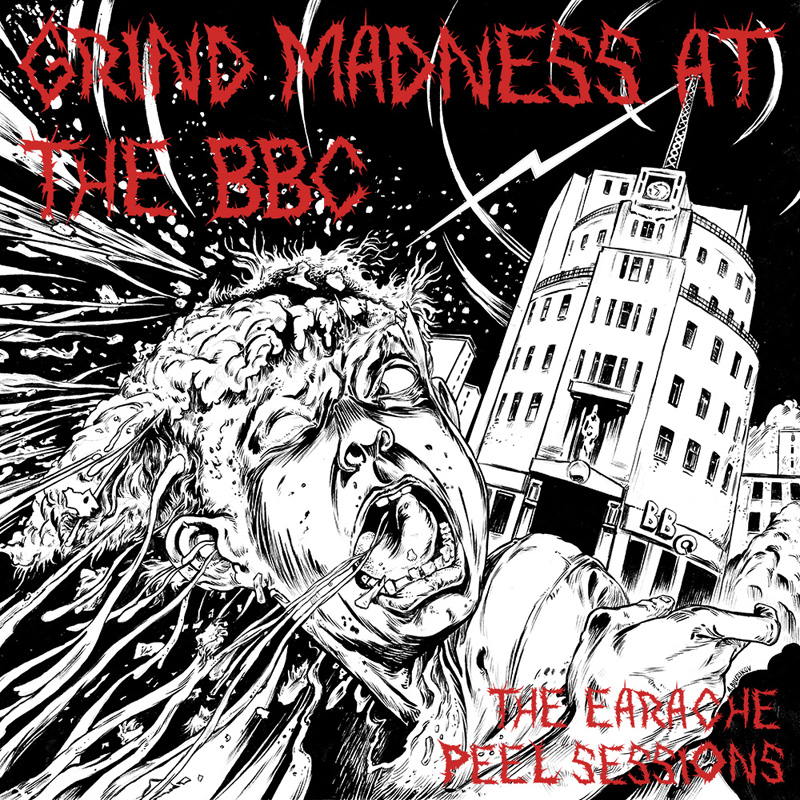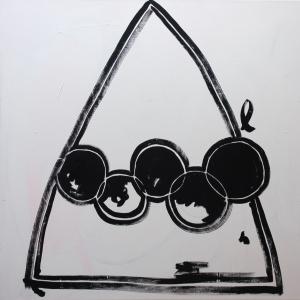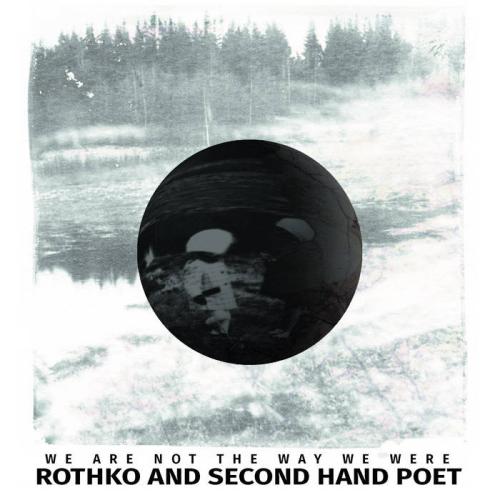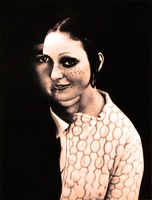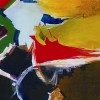 Bloodhounds is folk poetry. Paul Snowdon is reclaiming the machines of technology from the cultural elite, the bright and polished megastar DJs and superslick mnml producers, ensconced in their citadels of expensive outboard effects, to create a rural ritual evocation of a youth spent in northern England.
Bloodhounds is folk poetry. Paul Snowdon is reclaiming the machines of technology from the cultural elite, the bright and polished megastar DJs and superslick mnml producers, ensconced in their citadels of expensive outboard effects, to create a rural ritual evocation of a youth spent in northern England.
The thing about folk music is that everybody can do it. Everybody DOES do it. Whether it’s the sounds of a whistling postman or a synchronized group of postal stampers in Thailand, folk music is the sound of the collective, of the everyday, OF THE PEOPLE. I trace this strand of folk avant-garde to the works of AMM, Cornelius Cardew and Keith Rowe, who attempted to blend microtonal jamming, broken equipment, alleatoric practices and socialist principles to simulate a sound in tune with the environment around them.
Snowdon seems to be employing a blend of vintage synthesizers, dusted drum machines, hand-soldered oscillators and tape-machines to create a rural techno symphony. This is the sound of someone growing up in the ’80s and ’90s, wandering dawn dark country lanes to go to the city and go to a rave or a punk show. Perhaps they were listening to the KLF or Aphex Twin while walking down farm lanes lined with ditches. Those sonics layer right on top of the folk traditionals and the land itself. So, in a way, this could be seen as a ritualistic, trance-inducing dub techno take on Elgar‘s The Dream Of Gerontius, an attempt to evoke a landscape.We must never forget that Aphex Twin was from Cornwall, and we wonder how much those hedgerows and bramble bushes contributed to the alien landscapes of Selected Ambient Works II. Because you can hear a similar type of alien sheen in Time Attendant‘s music, particularly on “Nettle Sting Riddle,” which attempts to transplant SAW II back in Cornwall soil, as neon candescent northern lights are wrapped in field recordings of crashing through long grass. Of course, the ghost of the Radiophonic Workshop looms large in the British mindscape as a collective imagining of the future and Paul Snowdon seems to evoke that with a variety of hand-built oscillators which produce eerie, de-tuned gliding auras that instantly conjures images of flying saucers and outer space. Boomkat called it “an earthbound sci-fi expose of the mud and stone beneath our feet.”
In that same text, Paul Snowdon talked about “recovering from a rural northern upbringing by eking out a liminal existence across south east London bunkers.” So this is the sound of coming to grips and exploring where you come from, coming to grips with who you are. A number (most? all?) of Bloodhounds‘ tracks seem to be loop-based, repetitious and jam-oriented, feeding disassociated drum samples and field recordings into a cavernous dub-echo techno soup that brings to mind the whirling dervish noise hypnosis of a Wolf Eyes live gig. The thing with jam-based repetition and trance is that it is a collective ritual, that everybody can take part. The drum circle does not exclude, and it is not trying to go anywhere. It rides like waves, happy and content all night long and rapturous epiphanies can be produced. Tremendous musicians can rise out of these collective environments (perhaps that’s the ONLY place they rise out of), as you can play and play and play, and eventually learn how to be a musician. So it breaks down to the dichotomy of composed vs. improvised, and sometimes people who compose will only take scripted music seriously.So that’s where the rock star divide comes from. Obviously the super-polished DJ must come from somewhere, learning his tricks and her trade, as we all do. But there seems to be a negative attitude towards improvised music, “just fucking around”, “don’t know what they’re doing.” Some people just don’t know how to listen to exploratory music and only value polished product. That being said, some of the material on Bloodhounds is quite polished and through-composed, particularly album opener “Ermine Fever” with its stacks and layers of light, fluttering nearly jazzy rhythms swathed in gray fog. There is a mixture of finished, proper productions, which would work in a club — if a DJ were cool enough to play this kind of thing — and then there are a number of jams, which sound like Time Attendant getting to know his machines; his rickety rhythm boxes and wheezing organs.
All in all, Bloodhounds finds Time Attendant taking stock on his past, and his present, and aiming for the future. This is the sound of a journey and an evolution of an artist, growing from the mud and roots of a rural environment into the world of technology. Snowdon reminds us to be where we are, to come from where we come from, to know ourselves, and explore our individual roots and pathways.Bloodhounds is a right and proper album, a total immersive journey that will take you through bramble patches and tall grass, through cavernous vampire casinos and into the pea soup mist. People that like handmade electronica like Ekoplekz and Hacker Farm have a new jewel in their crown, and should get this immediately. It’s Time Attendant’s finest work yet, and a high point for Jonny Mugwump‘s abstract Exotic Pylon transmissions.
-J Simpson-
